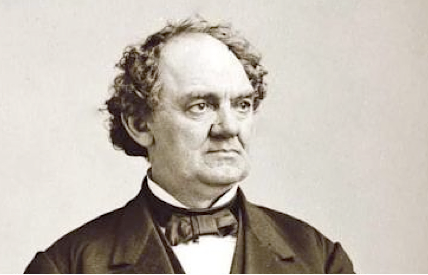Effective social media marketing has no magic formula! It blends disparate processes, technology and individuals together in a virtual world with no hard-wired environments or restrictions, ignoring the time and space continuum!
Great Social Media Marketing has these elements:
1) An understanding of disparate platforms and technology. Web 2.0 changed everything (sidebar: this link goes to Tim O’Reilley’s seminal blog in 2005 that defined Web 2.0) - to be successful in social media marketing, your brand needs to embrace many/many platforms, syndicate your content (text, images, video, audio, podcasts, blog posts, etc.) across all platforms.
2) Focus on task accomplishments - it’s critical to have specific social media marketing goals in mind; i.e. defined number of social goals (Followers, Likes, Mentions, References, Connections, ReTweets - engagement!) that are defined for a specific amount of time. The front end social media marketing processes involve taking specific actions across the social web that will engender some engagement, which should be task oriented and quantified.
3) Seize that social moment when presented - we are all insanely busy (the downside of being always on and connected across the social web) but when a form of interaction or connectivity occurs (this can also be a subset of CRM issues) take it and move from social interaction to real world (phone, email, Skype video conf call, etc.)
4) Focus on improving your knowledge - social media marketing is moving at a frightening pace. It’s a dynamic Eco-system with lighting fast changes in platform, processes and social interaction. It’s good to be mindful of the breakneck pace and slow down and take the time improve your knowledge base.
5) Be tenacious and realize your throwing digital paint on a wall and real social traction isn’t going to occur overnight unless your another celebrity on Twitter or Facebook. It takes time to build a meaningful social media marketing strategy and old fashioned grit.
Your going to get sick of seeing bios from attractive men/women on Twitter with thousands of Followers and no Tweets. Recognize many of these types of accounts are just empty social profiles and you need to wade through the social dreck, while keeping your eye on the prize.
6) Use a social filter at times - meaning, there is a lot of just awful junk (dreck) going out on the social web. Do we all need to see another picture of a stupid pet trick, sunshine across a barren field (these are not Ansel Adams quality photos!) and/or another tacky political slogan meant for the social web.
We blame smartphone use and access for much of this crappy content - maybe “smartphones” may not be the right term. Regardless, you will need to wade through a lot of stuff on the social web that should never be shared.
7) Social relationships take time just like real world relationships. The positive is the social web has no boundaries and can be leveraged instantly; the down side is many assume once a connection is made it will move to a “real relationship” (ignoring Match.com and other dating sites) quickly - it will not in many cases. Social types want to see how authentic you are over a period of time. Taking a measure of your “pay it forward” personal or professional branding and the overall value of your social communications.
8) An awareness that there is a lot of disingenuous fools gold on the social web. We don’t want to sound too cynical. But, there are no barriers to social media marketing. Meaning there are endless reams and webinars about “instant success” on the social web. PT Barnum would have loved this medium. Just think, he did what he did with just newspaper advertising - Twitter and Facebook would have given him a market reach that would have made William Randolph Hearst jealous!
Go forth and multiply social readers. Comment away below - we’d love to hear your take on successful social media marketing!




















